Suggestions for everyone: Six things not to do when choosing a bed for your bedroom. This is not pretentiousness, but the experience of a person who has experienced it.
A good bed with a comfortable mattress is the "secret weapon" for a good night's sleep. We spend at least one-third of our 24 hours in close contact with the bed, so buying a bed is an extremely important part of home decoration. But have you ever wondered how to choose a bed that is practical? What kind of bed looks good but is not practical?
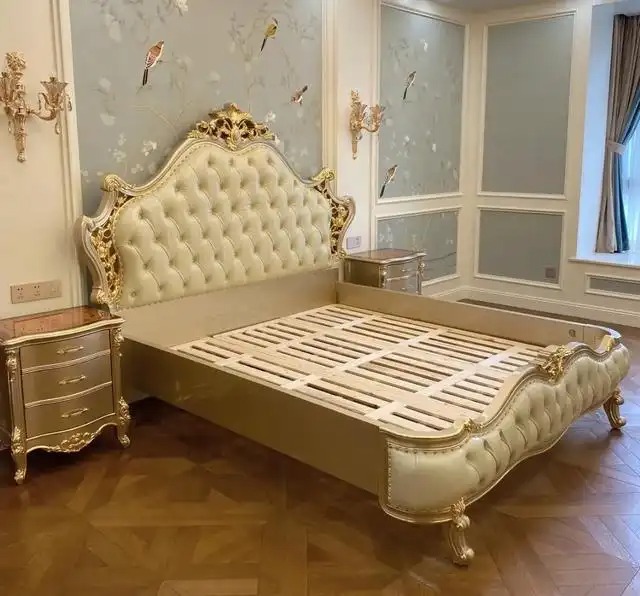
Today, I will combine my own experience in buying furniture to talk to you about the six types of beds that I would least recommend you to buy. If you are planning to buy a bed in the near future, please avoid:
1. Soft bed
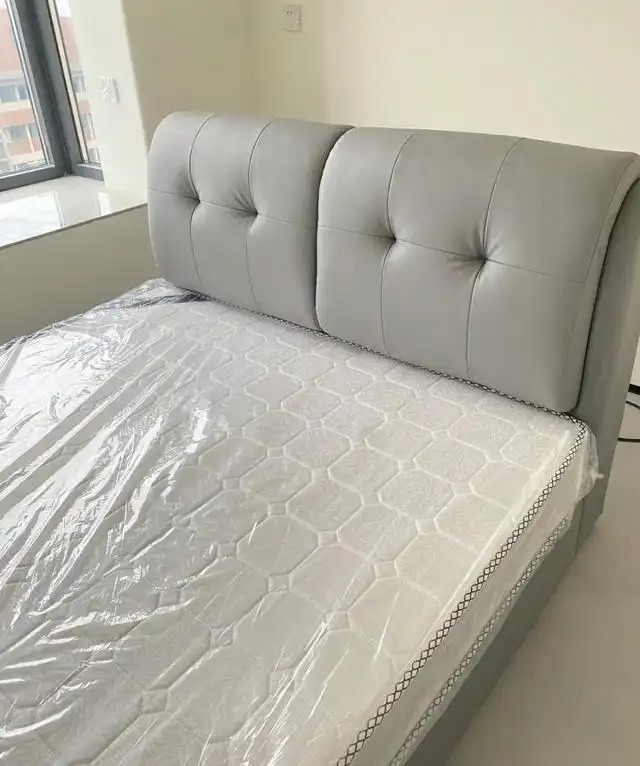
The comfort of soft-padded beds may attract many people, but do you know? Behind the seemingly comfortable soft-padded bed, the entire headboard frame may be made of density board. Density board can be said to be the worst environmentally friendly board, known as the "king of all poisons". It is made of glue and wood fiber materials through heating and pressurization. The production cost is low, but the formaldehyde content is high. Generally, this type of board is the least popular when buying furniture.
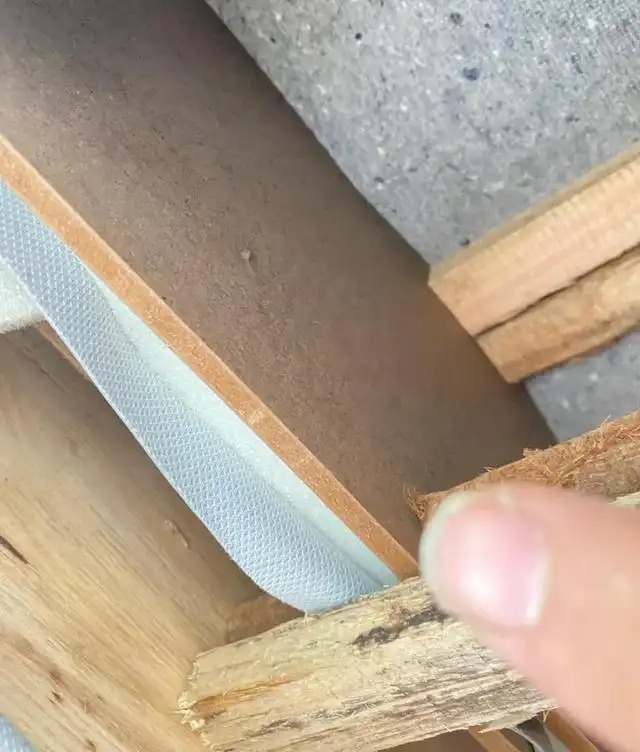
But when you buy a bed, the merchant will not tell you directly. They even promise that it is a solid wood soft-covered bed. But in fact, the so-called solid wood is limited to the bed legs and the bottom board. 80% of the headboard covered by the soft cover is still made of density board. In other words, you sleep in the bed that costs thousands of dollars every day, and you fall asleep with formaldehyde on your head.
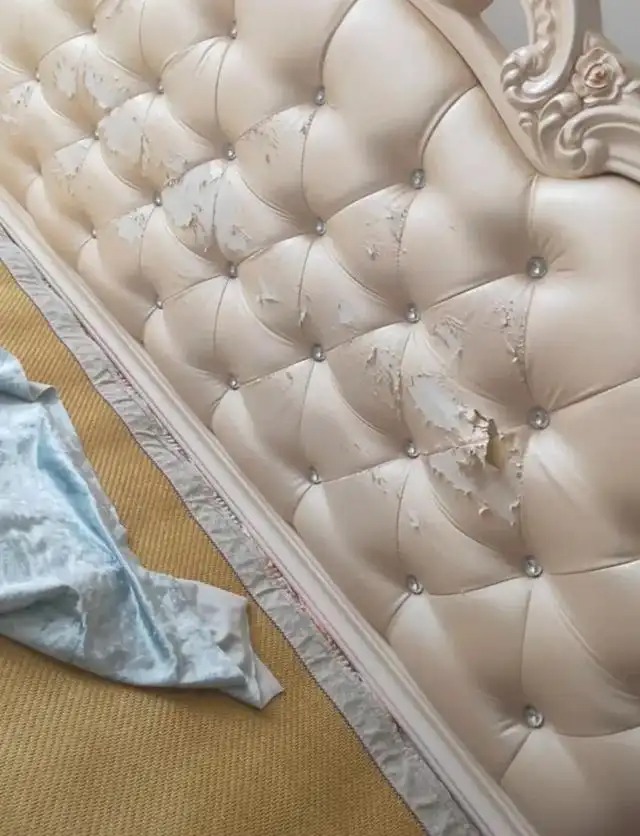
In addition, the surface of most soft-padded beds is artificial leather, which will not only turn yellow over time, but may also peel and slough off, affecting the appearance. Moreover, the fillings in cheap soft-padded beds will not be very good.
2. Complex shaped bed
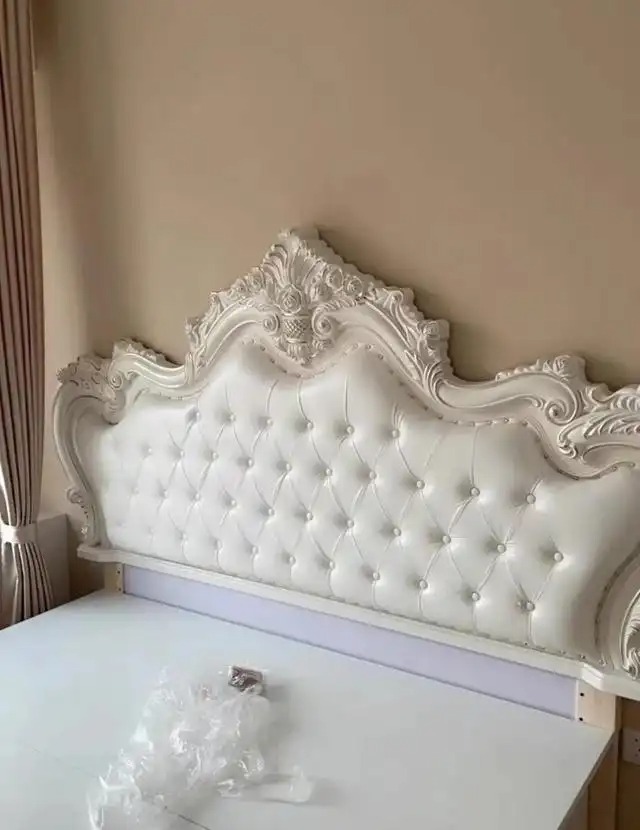
When choosing a bed, many people are attracted by beds with beautiful hollow carved designs. They feel that they will be full of luxurious style just by putting them in the bedroom.
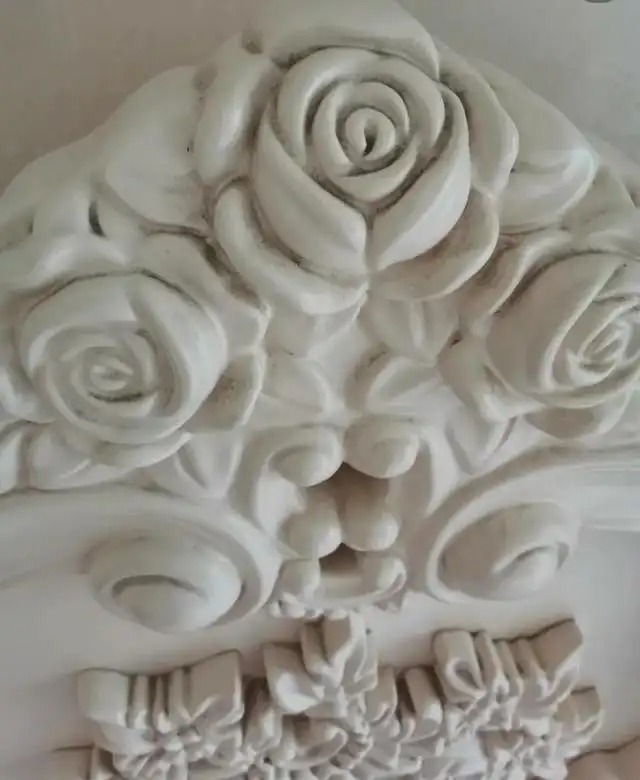
However, although it looks good, this kind of bed is actually a typical "fancy but impractical". The complicated elements at the head and foot of the bed are all large and small sanitary blind spots. During the holidays, other people just wipe it with a cloth and it's done, but you have to use a small brush or cotton swab to pick it up bit by bit, so when buying a bed, try to focus on practicality.
3. Low-leg bed
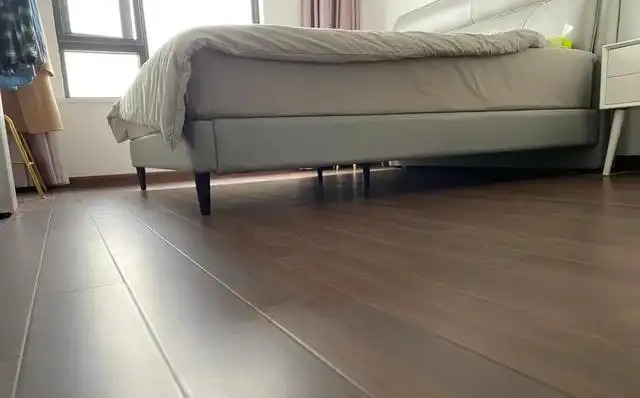
When buying a bed, you must pay attention to the height of the bed legs. You can choose a floor-standing bed or a high-legged bed, but you must not buy a bed with low legs. The height of the bed bottom from the ground is neither high nor low, which is really embarrassing. It is difficult to sweep out a lot of dust and lint under the bed. During daily cleaning, people have to lie on the ground to reach the broom and mop in. It is really useless to buy a sweeping machine but it can't get in at all. It is recommended that when buying a bed, either choose a floor-standing bed or a bed with a leg height of about 12 cm, which will make cleaning much more convenient.
4. Beds with gaps between ribs greater than 5cm
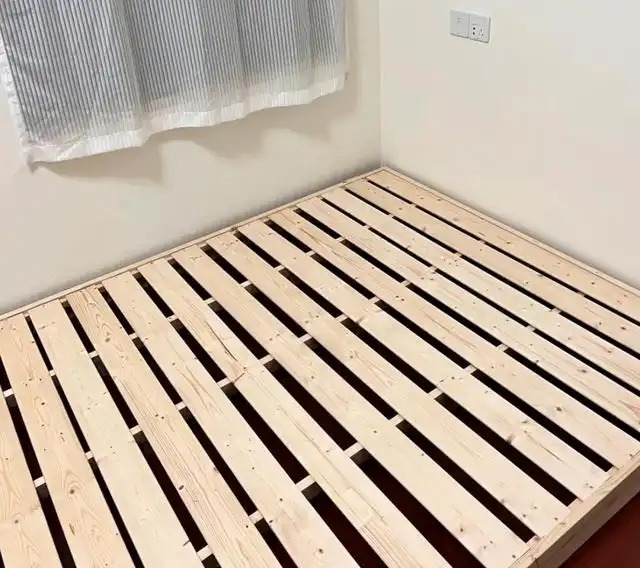
When buying a bed, you should check the bed board. The distance between the ribs should not be greater than 5cm, and make sure there are more than 6 supporting feet at the bottom. Some friends never check these when buying a bed, and the beds they buy make creaking noises after one or two years of use, and the mattress collapses or even breaks in serious cases.
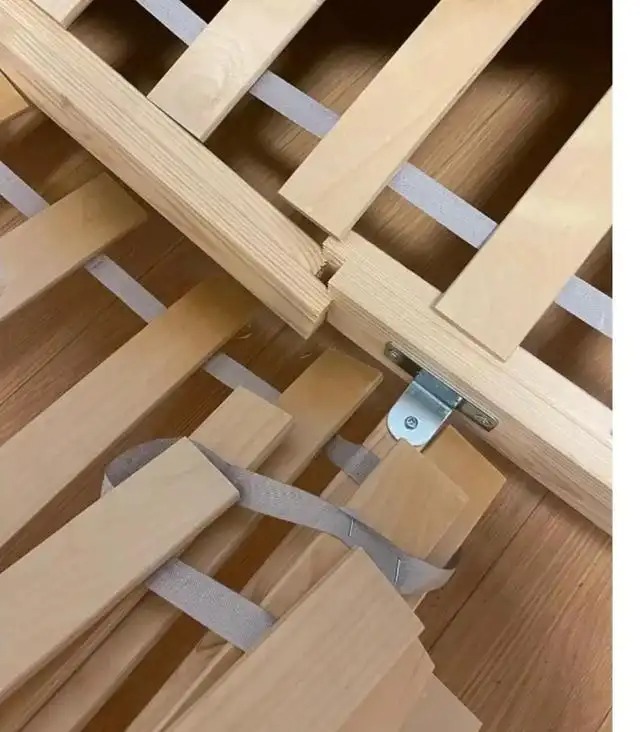
The reason why we emphasize the spacing of the slats is that if the spacing is too wide, it will affect the service life of the mattress, especially for independent pocket spring mattresses, which have higher requirements for the spacing of the slats. Once the spacing is too wide, the mattress will be suspended in a large area, the springs will be compressed and deformed, and the overall support performance of the mattress will be affected.
5. The bed with a protruding foot

When buying a bed, don’t buy one with a protruding foot. It’s really easy to bump into it when you pass by it!
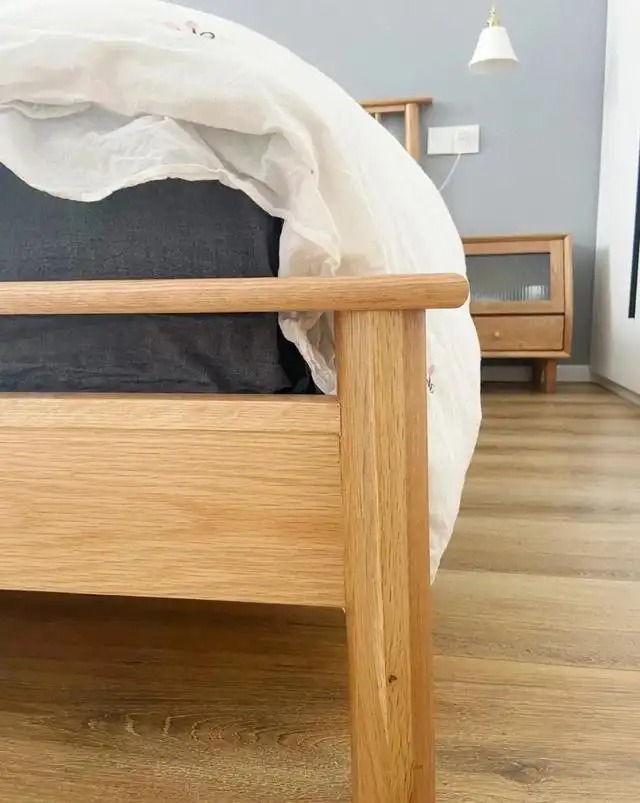
Especially at night when visibility is poor, it will take at least ten days or half a month to recover from a collision, and people will want to saw it off at any moment.
6. Non-standard size beds/special shaped beds
A non-standard-sized bed may be more in line with your requirements, but it is really troublesome to use later. Not only does the mattress need to be customized at a high price, but the standard-sized bedding will not fit well on it.
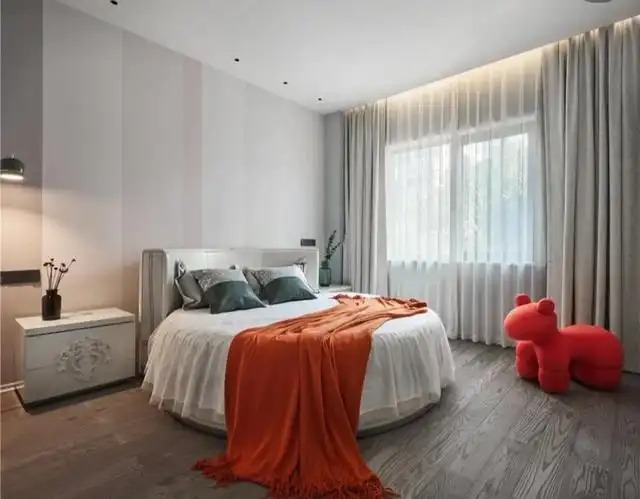
There are also round beds. If you have slept on one, you will know that it is not practical. Although the diameter is 2 meters, only the middle part can be used for sleeping. The two sides are too short to lie down because of the curvature. Moreover, the whole circle takes up a lot of space. From a home use perspective, it is not recommended to buy this kind of bed.
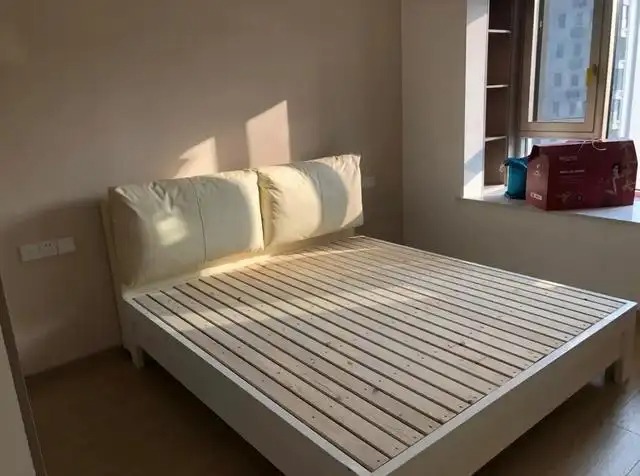
In summary, if you are buying a bed, I suggest that you choose a solid wood bed, which has a much longer service life than a soft-covered bed. The headboard should not be too complicated, and the foot of the bed should not have protruding parts, which are easy to be accidentally injured. It is better to choose beech wood as the material of the bed board, and the thickness should be greater than 1.7cm. Choosing a rib frame will be more breathable than the whole board, but pay attention to the gap between the rib frame should not be greater than 5cm, otherwise the service life of the mattress will be greatly reduced.